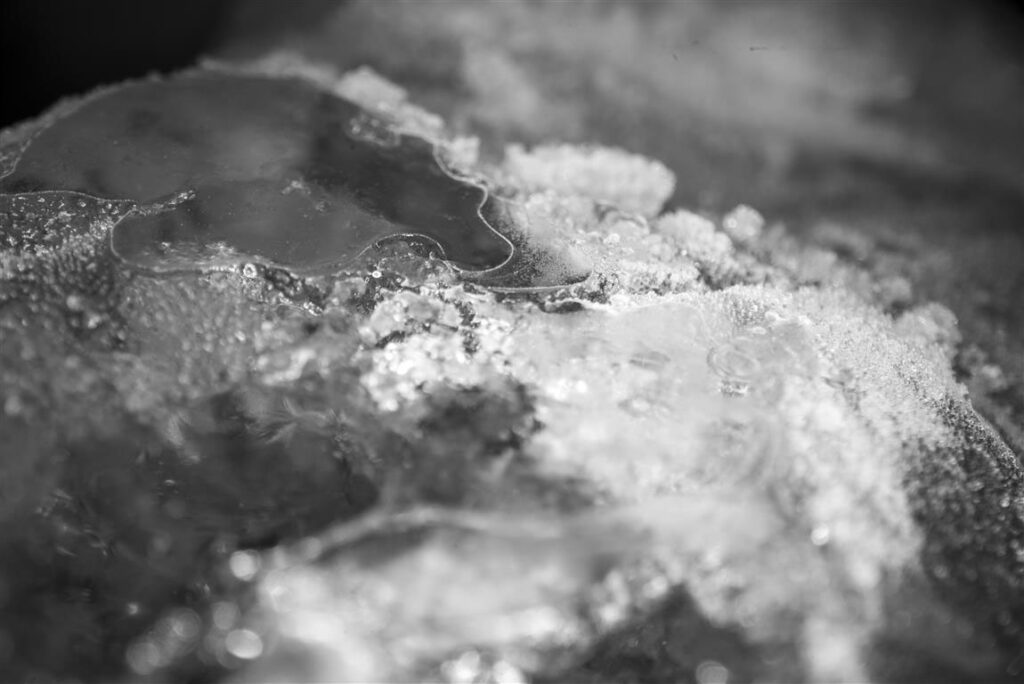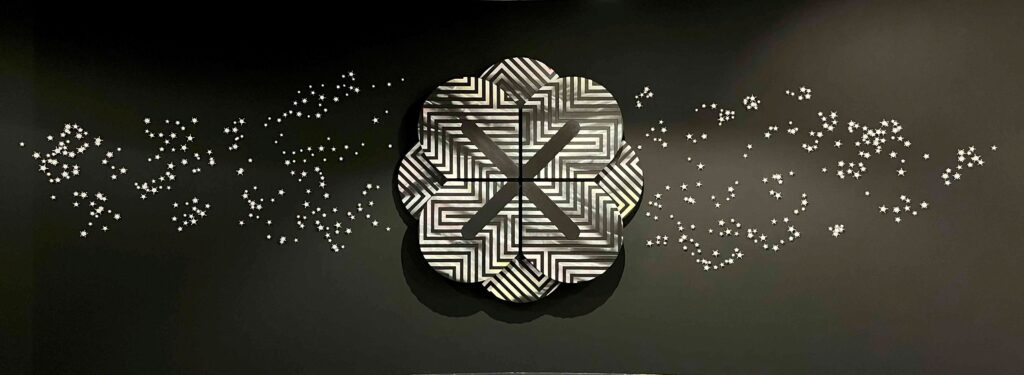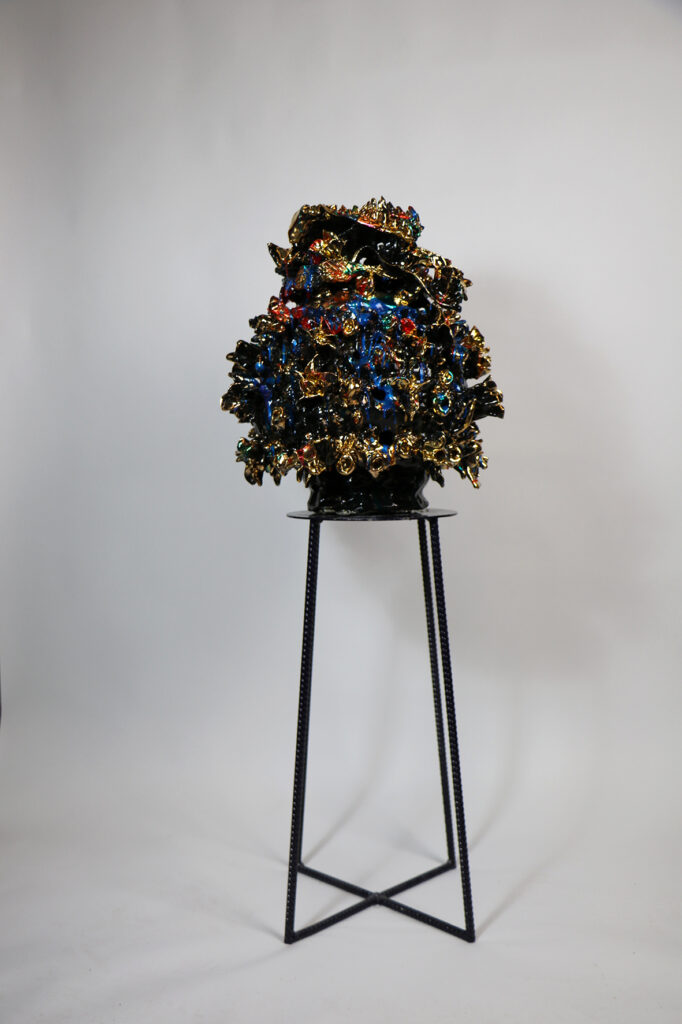The summer months at Te Whare Toi o Heretaunga Hastings City Art Gallery promise a spectacular array of exhibitions – traversing the glaciers of Te Waipounamu, to clay, resin, and oozing glazes, and shifting tides. We explore the trio that caught our attention.

Icebound
5 Nov 2022 – 29 Jan 2023
A photographic exhibition by Jonathan Kay, Icebound contemplates the fragility of our landscapes through a survey of two glaciers: Haupapa/Tasman and Te Moeka o Tūawe/Fox.
The exhibition is the result of a period of five years and several visits observing the lakes and icebergs that carve off during melting, and following the streams and rivers that connect this water system, as a way of making sense of the environments impacted by climate change in Aotearoa.
Jonathan’s intensely coloured fabric cyanotypes utilise an early, camera-less photographic technology to capture the physicality and chemistry of the ice and water, while his black and white photographs eschew the spectacular, attempting instead to draw our attention more intimately to a microscopic world.
Icebound is an invitation by the artist to examine and reflect on our environment in Aotearoa, and the perilous future our glaciers face in a rapidly warming world.

Waiora
17 Dec 2022 – 12 Mar 2023
Hemi Macgregor presents a body of work that acknowledges stories of the environment and the ways our lives are set within it. Her painted and sculptural works explore positive and negative space, balance, tonal shifts, and layered movement. These elements call to foundational pūrākau (narratives) and expansive natural events as they are held within Mātauranga Māori. The exhibition acknowledges atua, whenua, and our personal journey within these interconnected foundations for daily life.
Within each work, the universal and personal set corresponding trajectories which somehow simultaneously catch our experience. Each work reflects a dynamic environment and a space that is both precise and poetic, or tangible and intangible. Painted gestures move like light on water and are then woven into layered, structural pattern.
Waiora prompts us to draw connection to events like the night sky, the shifting tide; the stories told speak to the significance of the dynamic relationship between people, place, and imagination.

Urns for Unwanted Limbs and Other Things
12 Nov 2022 – 5 Feb 2023
Organic and revulsive, and vital, evolving and honest, Virginia Leonard’s layering adds a voluptuous tension to her work. Using clay, resin and oozing glazes, her ceramic sculptures evoke a vibrant sense of movement and depth.
This is Leonard’s daily need, as an artist, to articulate a visual language that processes and translates life with scarring and chronic pain; a notion that we inhabit a ‘body of becoming’ and that human physicality isn’t static or closed.
Urns For Unwanted Limbs and Other Things is Leonard’s first exhibition at Te Whare Toi o Heretaunga.



